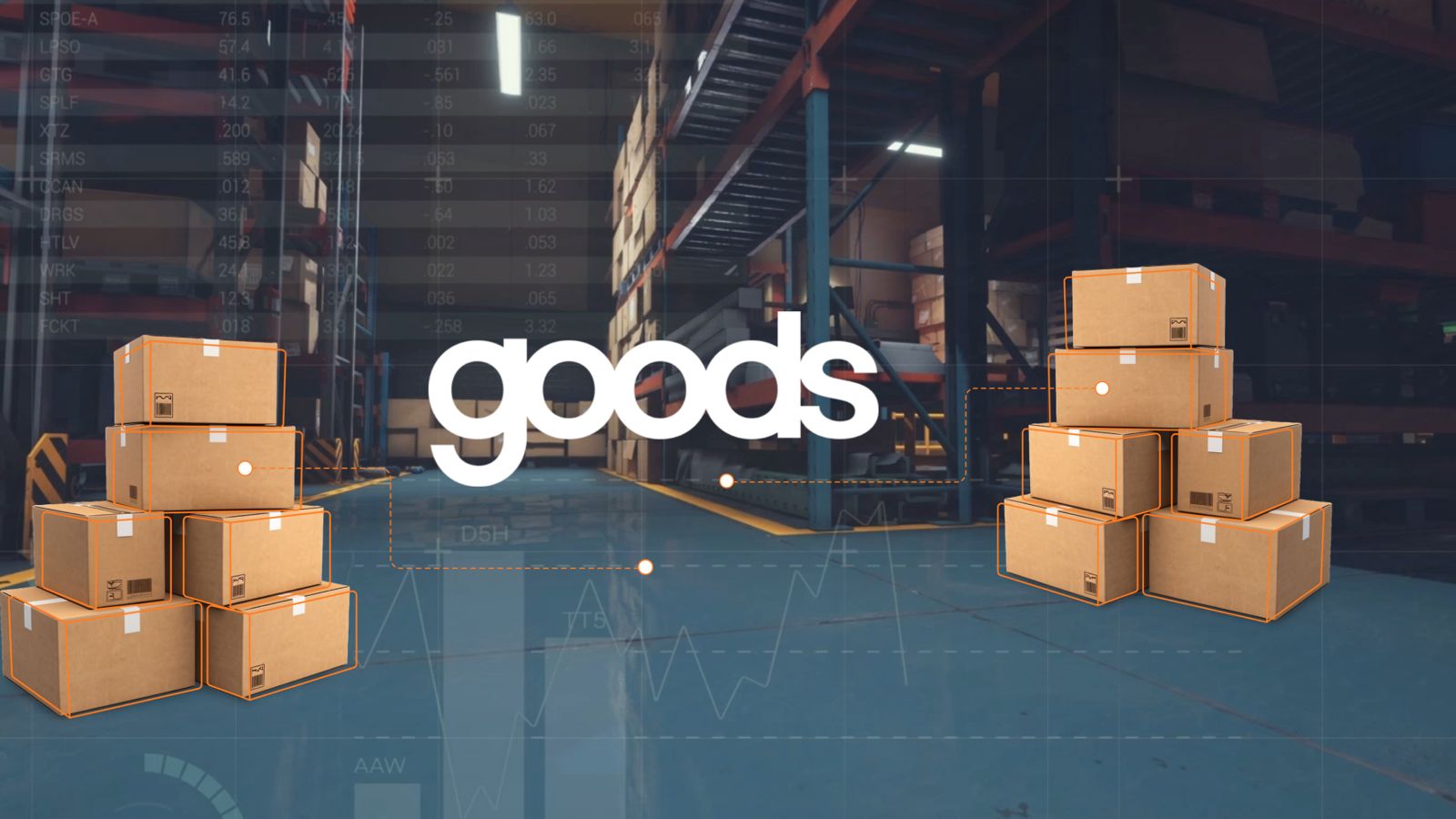My journey into logistics began with implementing ERP and WMS solutions globally. Over the past decade, I’ve focused on integrating these platforms across various industries. As the CIO of a major beauty brand, I established efficient supply chain processes and led projects to develop new logistic sites in North America.
This involved more than just selecting warehouse management platforms; it required a strategic approach. I analyzed business needs, optimized logistics processes, and designed efficient warehouse layouts. I saw firsthand how minor logistical improvements can significantly boost a company’s success and customer satisfaction.
Doing everything the old-fashioned way and seeing the true impact of logistics on overall success, I decided it was time to evolve. This is why I founded Goods: to address logistics needs seamlessly, so customers are satisfied and companies increase profits and minimize risks.
I believe that there are a few main keys to success when it comes to modernizing your operations, and I’d like to share them with you here.
The Evolution of E-commerce Logistics
The early days of e-commerce relied heavily on manual processes, with tools like Excel and warehouse personnel’s memory playing a crucial role. Today, logistics is about creating a seamless and delightful experience for customers, significantly impacting brand perception. Issues like incorrect stock levels can lead to customer frustration and lost sales, making efficient logistics crucial.
Key Areas Impacting Retail Logistics
- Same-Day Delivery: Companies like Amazon and Walmart have set high standards for fast and reliable delivery. Achieving this requires sophisticated logistics to ensure on-time delivery, significantly impacting retail strategy.
- Click-and-Collect Services: Increasingly popular, these services necessitate efficient logistics for accurate inventory management and synchronization between online orders and physical stores, preventing customer frustration.
- Personalized Shipping Options: Customers expect various shipping options, adding complexity to delivery coordination.
Real-Time Inventory Management
Managing inventory for both B2B and B2C customers presents significant challenges. B2B clients order in bulk, while B2C customers buy fewer items, often leading to stock gaps. Real-time inventory management, with live stock allocation, ensures customers see accurate stock levels, enhancing their experience. This system updates inventory instantly, reflecting sales and reservations, providing transparency across multiple sales channels.
The Right Warehouse Management Platform
A robust warehouse management platform supports multi-carrier management, streamlining shipping processes and reducing costs. It allows for parallel shipping with multiple carriers, automatic selection of the best carrier based on cost and speed, and automated picking tasks, enhancing efficiency and accuracy.
Warehouse Efficiency and Automation
Manual processes are a significant bottleneck in warehouse efficiency. Automating the fulfillment process, including stock replenishment tasks, ensures pickers can focus on their primary tasks without stock shortages. Proper planning increases sales and improves customer experience by maintaining optimal stock levels, reducing delays, and minimizing human error.
Optimized Picking and Packing
A powerful WMS platform optimizes picking routes, enhances inventory management, reduces picking errors, and improves labor management. It provides real-time data and analytics, enabling better decision-making and continuous improvement.
Streamlining Return Management
Warehouse returns can be a complex process, consuming time and resources. A robust WMS with multi-site considerations streamlines returns, boosts efficiency, and enhances customer satisfaction. It offers centralized visibility, seamless routing, automated workflows, and data-driven decisions, optimizing the returns process.
Managing Multiple Logistical Sites Through Centralized Software
Juggling multiple logistical sites, online and physical stores, and inter-company transactions creates a complex web of challenges. Centralized inventory management software provides real-time visibility, streamlines stock transfers, and integrates logistics management systems, enhancing efficiency and accuracy.
Making Your Goods Our Business
The retail landscape is undergoing a significant transformation driven by evolving customer expectations. Efficient logistics management plays a crucial role in navigating these changes, from same-day delivery and click-and-collect services to personalized shipping options.
The right warehouse management platform, real-time inventory management, and automated processes are essential for enhancing efficiency, reducing costs, and improving customer satisfaction.
Our mission at Goods is to provide you with one platform to address all of these needs, so you can do more than catch up – but actually get a head start over your competitors.
I would love to show you how it works – click here to set up a demo that I’m sure will make you our partner too.


